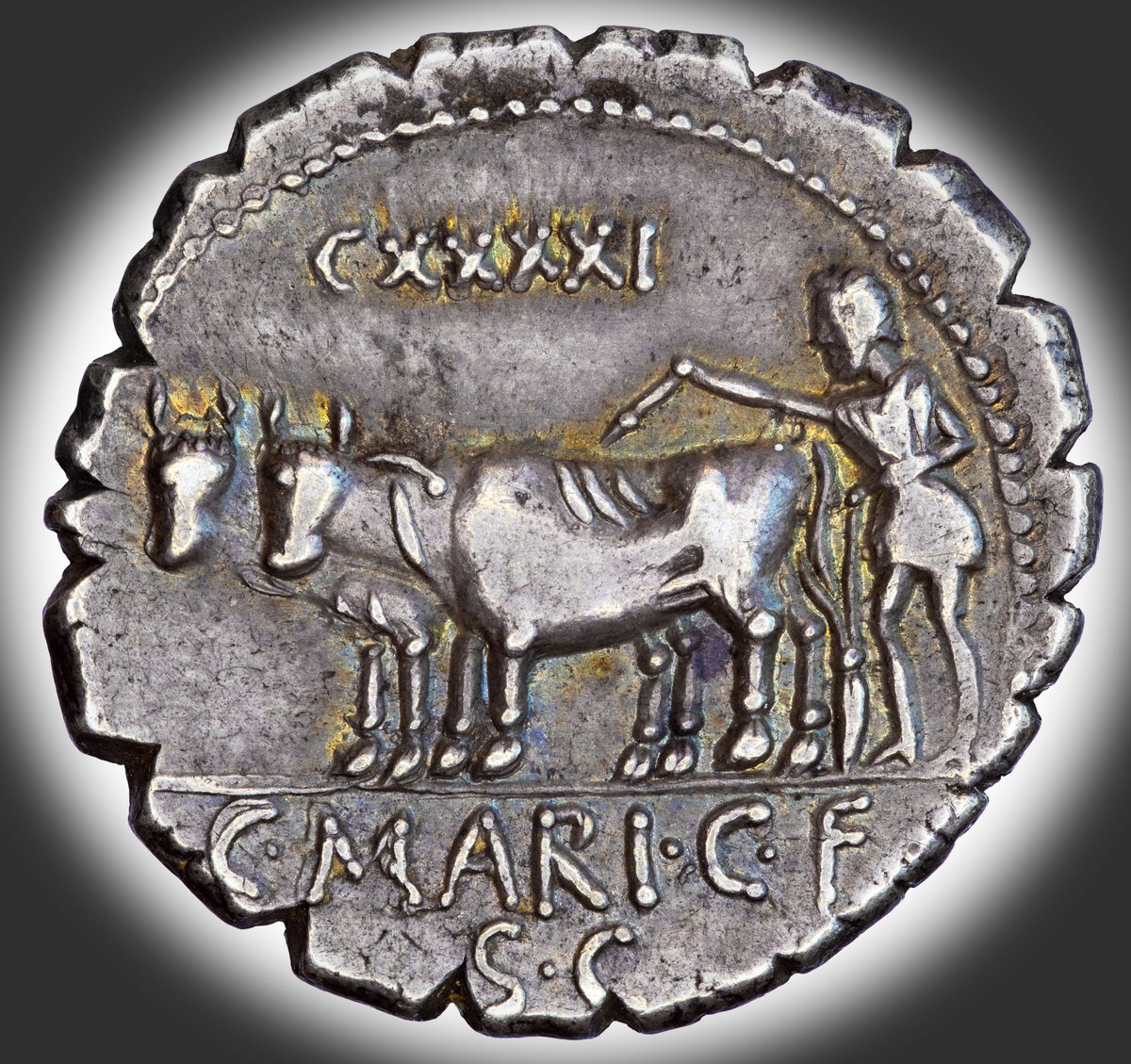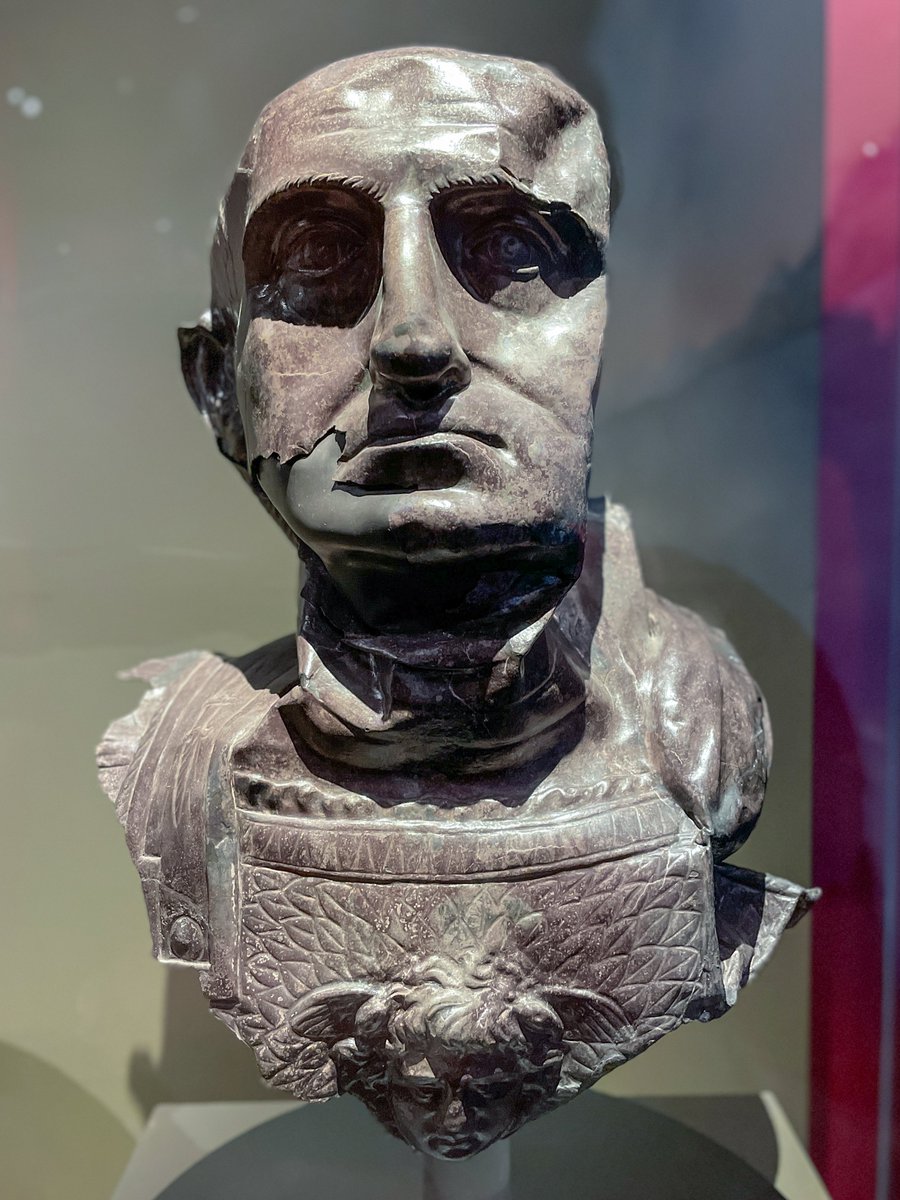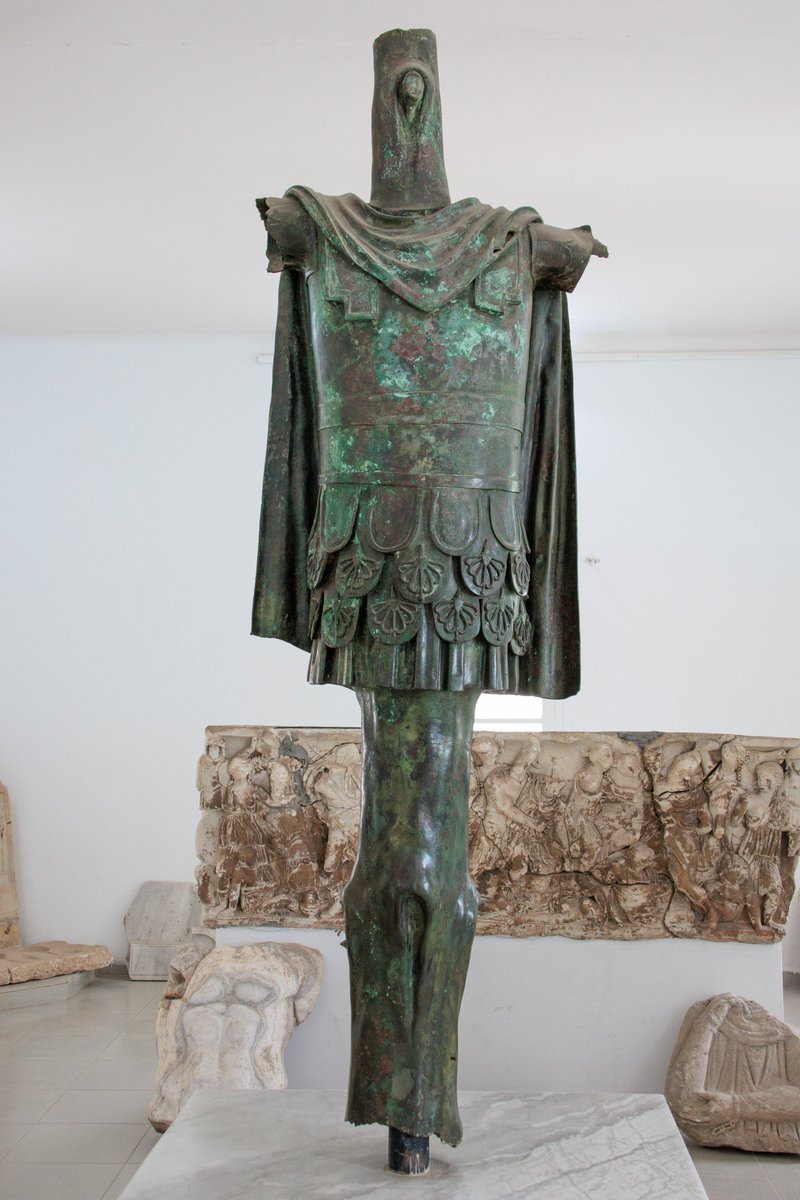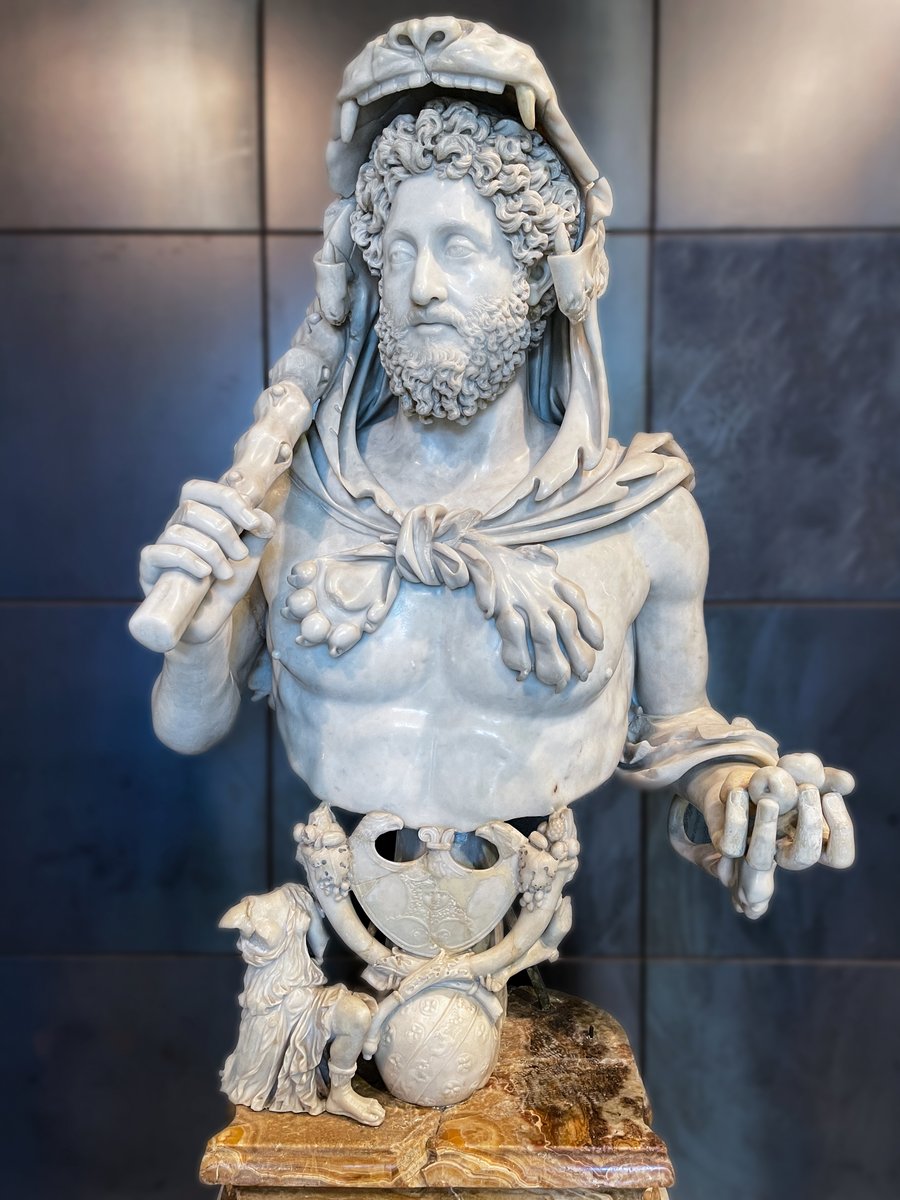New coin: Roman Republican denarius serratus, minted by the moneyer Gaius Marius Capito in 81 BC. This moneyer, unrelated to the famous general Gaius Marius, is known only from this remarkable coin issue struck during the bloody dictatorship of Sulla. 

The coin bears a portrait of Ceres, Roman goddess of agriculture, the harvest, and the all-important grain supply to Rome; shown wearing a wreath of grain ears, maybe celebrating the end of the civil war and a reestablished supply of grain to the city under Sulla's dictatorship. 

The reverse presents a timeless agricultural scene, with a ploughman driving a yoke of two oxen. This may symbolise the prolific founding of new colonies by Sulla, with their boundaries defined by ritualistically marking them with a plough, following ancient Etruscan tradition.. 

While the farming motif both compliments the obverse portrait of Ceres and aptly recalls a 'founding' scene, it might also represent a subtle allusion to turbulent contemporary events and act as a chilling reminder to viewers of Sulla's supremacy... 

Sulla had defeated the Marians and appointed himself dictator, yet his legate Lucretius Afella had the gall to continue canvassing for a consulship. Sulla promptly ordered him struck down in the middle of the Forum. Afterwards, a defiant Sulla explained his actions to the people: 

"I ordered the death of Lucretius because he disobeyed me. Consider the following story: a husbandman was repeatedly bitten by fleas while ploughing. He stopped his ploughing twice in order to clear them out of his shirt... 

"...When they bit him again he burned his shirt, so that he might not be so often interrupted in his work. And I tell you, those who have felt my hand twice, to take warning - the third time fire will be your answer."
(Appian, The Civil Wars, 1.11.101)
(Appian, The Civil Wars, 1.11.101)

This series from Marius Capito is also of particular interest due to its fascinating use of numerical and pictoral control-marks, which reveal a great deal about the workings of the Republican mint. Likely as a further measure against counterfeiting and for quality control.. 

Every obverse and reverse die was given a corresponding number and unique symbol, placed under the chin of Ceres. With each control-mark only used once, for the lifespan of the coin die, we can learn a great deal about the longevity of dies and the scale of a particular issue. 

In this case we know that 151 pairs of dies were eventually used for the entire coin issue, each with the potential to strike thousands of coins before wearing out or breaking. The first 25 dies were merely numbered, before the mint decided to add pictures too.. (die 20 pictured) 

Die engravers were likely given some individual freedom to create their own mint marks and there are many fascinating sub-categories of image, such as animals of the land and sea, flora, weapons, tools, religious symbols, clothing and musical instruments.. 

Illustrating the creativity of the die engravers, here we see control marks in the form of a scorpion (die 37), anchor (die 50), lyre (die 102) and sword (die 112). With the dies numerically paired, if either obverse or reverse broke or wore down, both would be dispensed with. 

My own example is struck from the 141st pair of dies - one of a consecutive run of marks based on sea life, with images of sea-anemones and mussel shells. This delightful control-mark shows a jellyfish, to my knowledge the only representation of a jellyfish on a Roman coin! 

The coin is also a 'serratus' denarius with distinctive toothed edges. The blank coin flan was hit with a sharp tool whilst being rolled along a surface with pliers; an anti-counterfeiting measure, showing the silver interior of the coin while also discouraging coin clipping. 

Sharply struck and beautifully toned, the denarius also offers an intriguing glimpse into a tumultuous period for the Republic that set many bloody precedents in Rome's history - where homegrown strongmen might march on their own city, purge their opponents and rule as dictator. 

If you enjoyed this thread, a more detailed post on the denarius can be read here: harneycoins.com/post/founded-i…
• • •
Missing some Tweet in this thread? You can try to
force a refresh























